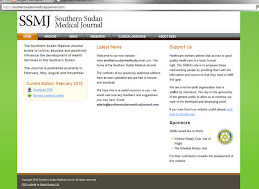Two steps back...
“Your teaching has been cancelled today,” said William the Director of Admin and Finance “ We have an Indian delegation arriving with the Undersecretary for the Ministry of Health.” We are very good friends and he didn’t mean it to sound rude. It’s just he doesn’t speak English very well so it comes out rather brusquely.
I had planned this teaching for three weeks and it was designed specifically for nurses who would be working in the Emergency Ward. However, in Africa you have to adapt. We moved the teaching to the next day and moved back the opening of the ward. It now opens on Thursday (assuming there are no further delegations.)
...and one priceless step forward
Today, however, we took the necessary step forward. They learnt the principles and delivery of oxygen, how to write in prescription charts, how to write in fluid charts, and how to work medical machinery like nebulisers and suction machines. What they loved most was a special present I saved for them- a monitor that shows oxygen concentration in the blood (oxygen saturations), pulse, and blood pressure. All they had to do was press a button and the blood pressure cuff inflates and deflates automatically and gives you a reading.

We have 8 of these monitors and they are in storage because no trained in their operation. Today was:
- The first time this was brought out of its (rather dusty) box
- The first time certificate nurses in JTH were trained in its use
The day was a good one. They were all excited about being the first nurses to work in a ward with basic life-saving equipment and medicines (something completely taken for granted in the UK). However, today I saw something else. They were actually proud of themselves. In a land where nursing is the most downtrodden profession and the nurses self-esteem esteem is low, seeing this was a priceless experience.

Ta for now,
David & James




No comments:
Post a Comment